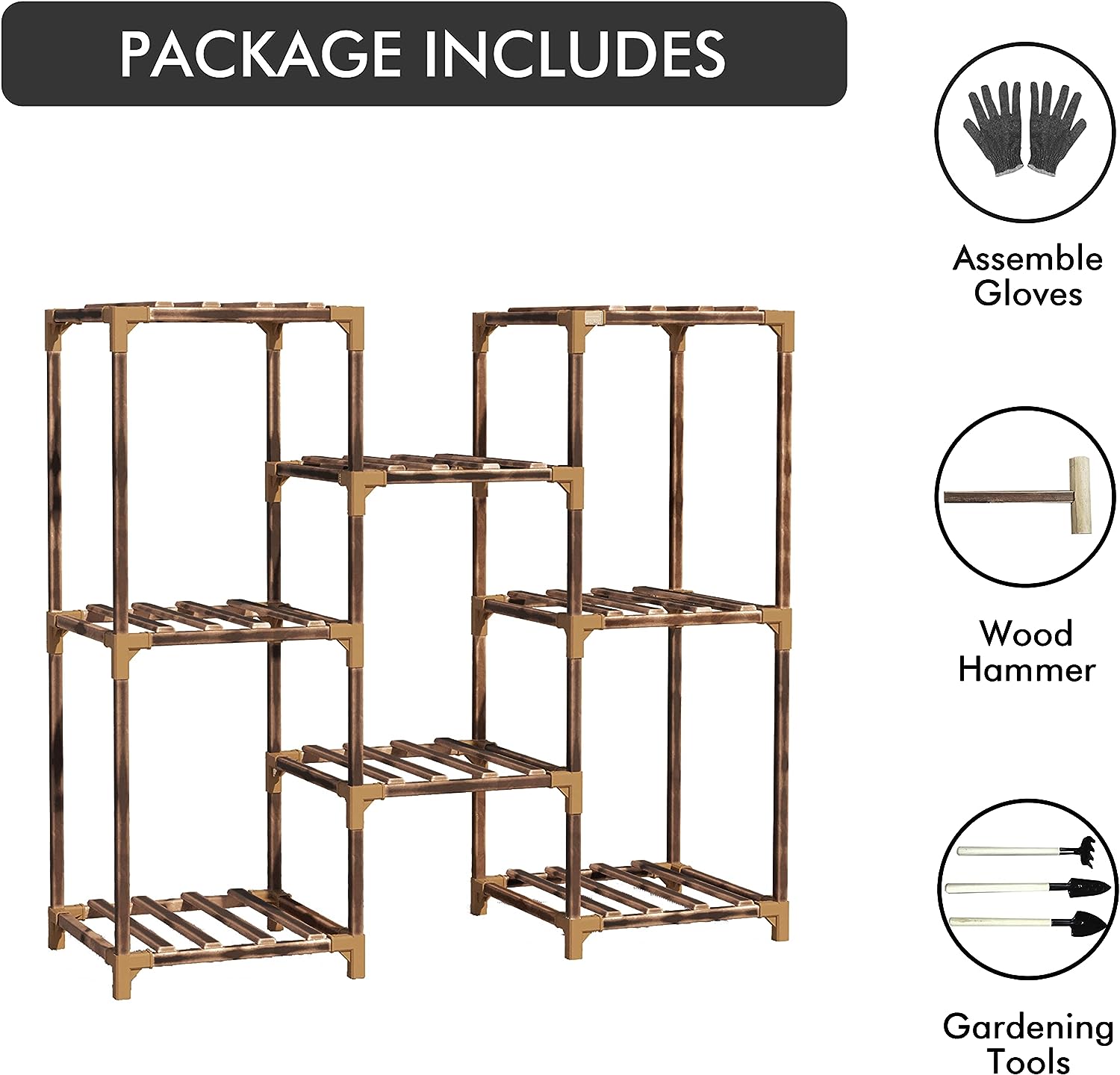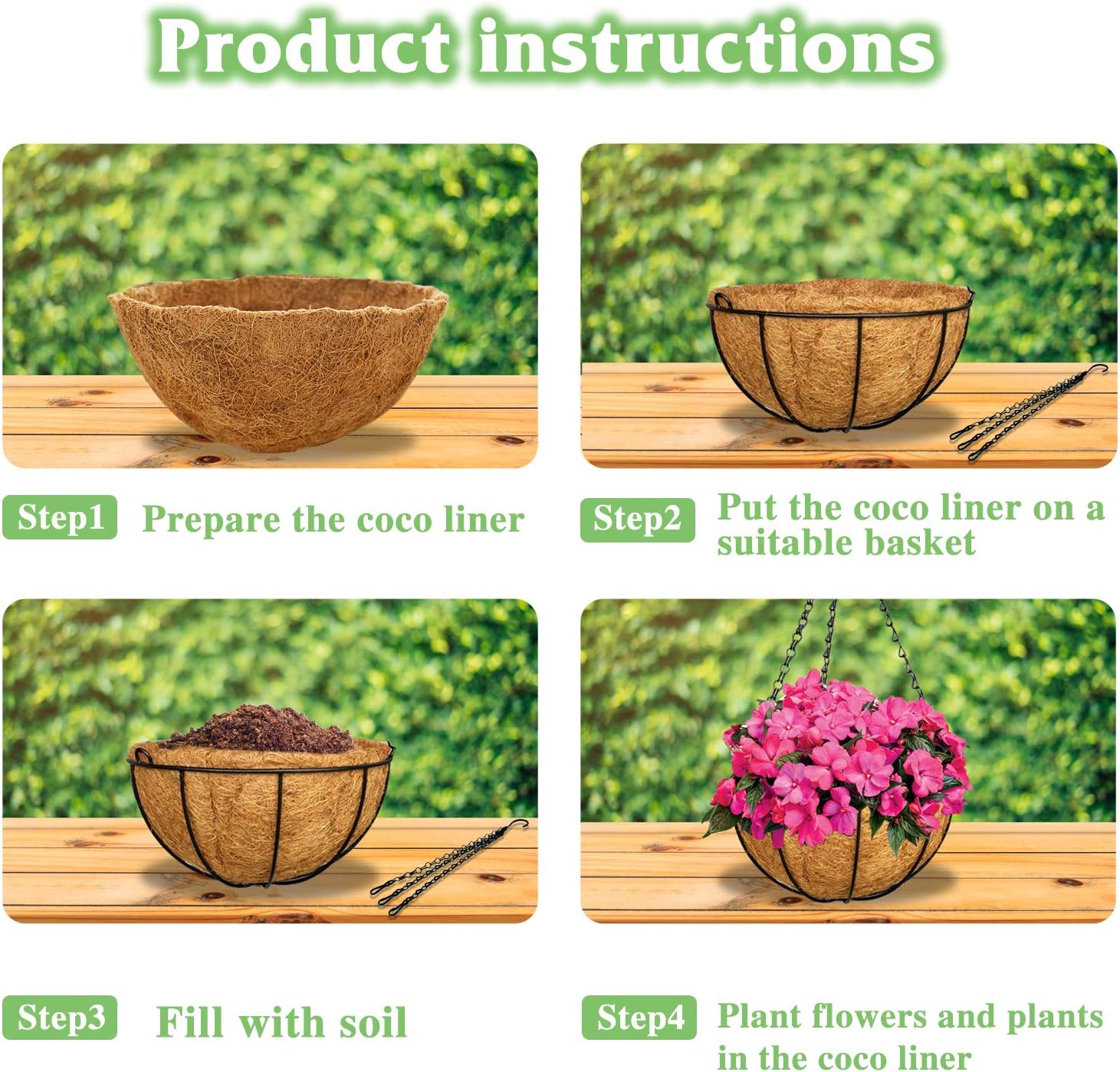In this article, you will explore the fascinating world of vertical gardens and the concept of Feng Shui, and how they can work together to harmonize your living or working space. Discover how incorporating a vertical garden into your environment can not only bring the beauty of nature indoors, but also promote positive energy flow and enhance the overall balance and harmony of your surroundings. With practical tips and insightful advice, you’ll learn how to create a space that not only looks stunning, but also radiates tranquility and positive vibes. So, get ready to transform your space into a serene and balanced sanctuary with the magic of vertical gardens and Feng Shui principles.

1. Understanding Vertical Gardens
1.1 What is a Vertical Garden?
A vertical garden, also known as a living wall or green wall, is a unique and innovative way to bring nature into your living or working spaces. It involves the cultivation of plants vertically, usually on a wall or a structure, instead of horizontally on the ground. Vertical gardens can be designed indoors or outdoors, and they can vary in size and complexity, from small individual panels to large installations that cover entire facades of buildings.
1.2 Benefits of Vertical Gardens
Vertical gardens offer numerous benefits that go beyond just the aesthetic appeal. Firstly, they act as natural air purifiers, absorbing carbon dioxide and releasing oxygen into the surrounding environment. This helps in improving indoor air quality and promoting a healthier living or working space. Additionally, vertical gardens can provide insulation, reducing energy consumption, and lowering the costs of heating and cooling.
Another advantage of vertical gardens is their ability to increase biodiversity in urban areas. By creating habitats for birds, insects, and other wildlife, vertical gardens contribute to biodiversity conservation efforts. Furthermore, these green walls can help reduce noise pollution, as plants are effective in absorbing and diffusing sound waves.
1.3 Types of Vertical Gardens
There are several different types of vertical gardens, each offering its own unique advantages and characteristics. One popular type is the modular system, where individual plant modules are installed onto a grid or framework. These modular systems provide flexibility in design and easy maintenance.
Another type is the pocket system, which utilizes pockets or pouches that are filled with soil and plants. This system is easy to install and can accommodate a variety of plant species. Additionally, vertical gardens can also be created using trellises or climbing structures, allowing climbing plants to grow vertically along a support system.
2. Principles of Feng Shui
2.1 The Basics of Feng Shui
Feng Shui, an ancient Chinese practice, is the art of harmonizing one’s environment to promote positive energy flow. It is based on the concept of qi (pronounced “chee”), which is the vital life force that flows through everything. According to Feng Shui principles, a well-balanced and harmonious environment has a positive impact on various aspects of life, including health, relationships, and prosperity.
2.2 Importance of Balance and Harmony
Balance and harmony are essential principles in Feng Shui. Achieving a balance between yin and yang energies is crucial. Yin represents passive and calm energies, while yang represents active and dynamic energies. A harmonious environment should have a proper balance between these energies to promote overall well-being.
2.3 Feng Shui Elements
Feng Shui incorporates the use of five fundamental elements – wood, fire, earth, metal, and water – to create a harmonious space. Each element has its own characteristics and associations, and their strategic use can enhance the flow of energy in a space. For example, wood represents growth and vitality, while water represents abundance and wealth.
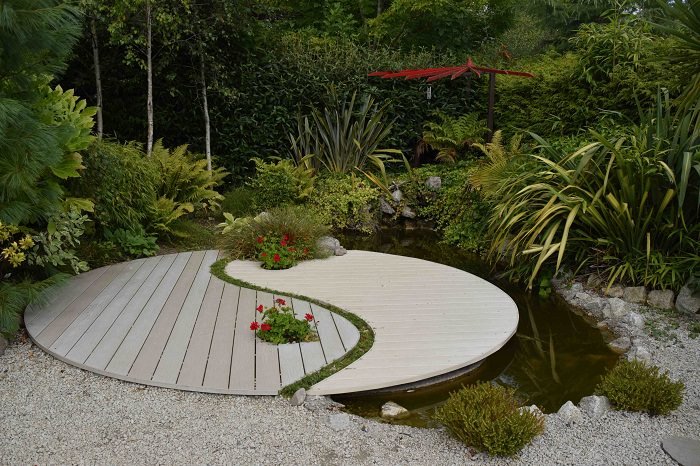
3. A Perfect Marriage: Vertical Gardens and Feng Shui
3.1 Enhancing the Flow of Energy
Combining vertical gardens with Feng Shui principles can greatly enhance the flow of energy, or qi, in your space. Vertical gardens introduce the element of wood, which symbolizes growth, vitality, and renewal. The living plants in the green wall promote a sense of vibrancy and life force, improving the overall energy flow within the environment.
3.2 Promoting Health and Well-being
Vertical gardens not only add beauty to a space but also have a positive impact on mental and physical well-being. According to Feng Shui principles, a well-maintained and thriving vertical garden can bring feelings of peace, relaxation, and optimism. The presence of plants in your surroundings has been shown to reduce stress, improve air quality, and increase productivity.
3.3 Incorporating Natural Elements in Feng Shui
Feng Shui emphasizes the significance of incorporating natural elements into the environment. Vertical gardens provide an excellent opportunity to include natural elements in your space, creating a deeper connection to nature. The combination of the wood element from the plants, the earth element from the soil, and the water element from the irrigation system or rainwater brings a balanced and harmonious energy to your surroundings.
4. Placement of Vertical Gardens for Feng Shui
4.1 Identifying Auspicious Areas
In Feng Shui, the placement of a vertical garden is crucial to optimize its benefits. The Bagua map, a Feng Shui tool, can be used to identify auspicious areas for installing a green wall. The Bagua map divides a space into different areas, each corresponding to a specific aspect of life, such as wealth, health, or relationships. By placing the vertical garden in the appropriate area, you can enhance the corresponding aspect of your life.
4.2 Considerations for Indoor Vertical Gardens
When designing an indoor vertical garden, consider factors such as lighting, humidity, and temperature. Most plants require sufficient natural or artificial light to thrive, so ensure that the chosen location receives adequate sunlight or invest in grow lights. Proper humidity levels and temperature control are also essential for the health and longevity of the plants.
4.3 Placement Tips for Outdoor Vertical Gardens
Outdoor vertical gardens have the advantage of natural sunlight, but it is still important to choose the right location. Select an area that receives a balanced amount of sunlight throughout the day, avoiding areas with excessive shade or direct sun exposure. Additionally, consider the local climate and weather conditions to ensure that the plants can withstand the environmental factors.
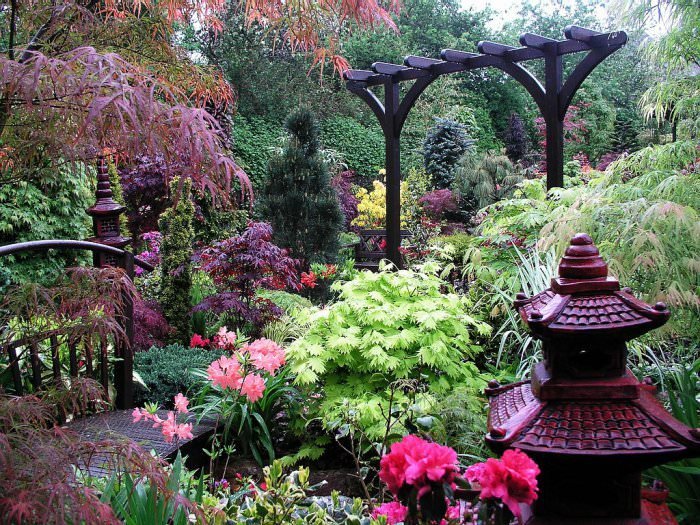
5. Choosing Plants for Vertical Gardens in Feng Shui
5.1 Symbolic Significance of Plants
In Feng Shui, plants are chosen not only for their aesthetic value but also for their symbolic significance. Different plants have different meanings and associations, and selecting the right plants can enhance the flow of energy in your space. For example, bamboo symbolizes strength and resilience, while orchids represent abundance and growth. Choose plants that resonate with your intentions and the specific Feng Shui areas you are focusing on.
5.2 Finding the Right Balance of Colors and Textures
Incorporating a variety of colors and textures in your vertical garden can create a visually appealing and energetically balanced space. Consider the color associations of the plants and the overall color palette of the area to ensure harmony. For example, red flowers can stimulate energy and passion, while blue or purple flowers promote calmness and relaxation.
5.3 Low-Maintenance Plants for Vertical Gardens
If you are new to gardening or have limited time for maintenance, opt for low-maintenance plants for your vertical garden. Succulents, such as jade plants or hens and chicks, are known for their ability to thrive with minimal care. Spider plants and pothos are also popular choices as they are adaptable and can tolerate a variety of growing conditions.
6. Designing Vertical Gardens with Feng Shui Principles
6.1 Creating a Harmonious Color Palette
When designing your vertical garden, consider creating a harmonious color palette that aligns with the Feng Shui principles. Choose plants with complementary colors or different shades of the same color to create a visually balanced composition. Incorporate the colors associated with the Feng Shui areas you are focusing on to enhance the specific aspects of your life.
6.2 Aesthetically Pleasing Arrangement
The arrangement of plants in your vertical garden is also essential for a visually pleasing and energetically balanced space. Consider the growth habits and sizes of the selected plants to ensure a harmonious arrangement. Place taller plants towards the back or center of the green wall, and cascade trailing or vining plants along the edges. This arrangement creates depth and dimension, enhancing the overall aesthetic appeal.
6.3 Incorporating Yin and Yang in Vertical Garden Design
Harmonizing the yin and yang energies in your vertical garden is crucial for a balanced and harmonious space. Incorporate plants with different shapes and textures to represent both yin and yang qualities. For example, spiky or upright plants represent yang energy, while rounded or flowing plants represent yin energy. By creating a balance between these contrasting elements, you can create a visually dynamic and energetically balanced vertical garden.

7. Maintenance and Care for Vertical Gardens
7.1 Pruning and Trimming Techniques
Regular pruning and trimming are essential for maintaining the health and appearance of your vertical garden. Prune away any dead or dying leaves and branches to prevent the spread of disease and ensure optimal growth. Trim excessive growth to maintain the desired size and shape of the plants. Additionally, remove any weeds that may compete for nutrients and water resources.
7.2 Watering and Fertilizing Considerations
Proper watering and fertilizing practices are key to the success of your vertical garden. The specific watering and fertilizing needs will vary depending on the plant species and environmental conditions. Avoid overwatering, as it can lead to root rot, and underwatering, which can cause the plants to wither. Use organic fertilizers or compost to nourish the plants and promote healthy growth.
7.3 Dealing with Pest and Disease
Pest and disease management is an important aspect of vertical garden maintenance. Regularly inspect the plants for signs of pests, such as aphids or mealybugs, and take appropriate measures to control their population. Use organic pest control methods whenever possible to minimize the use of harmful chemicals. Additionally, monitor the plants for any signs of disease, such as fungal infections, and promptly address the issue to prevent further damage.
8. DIY or Professional Installation: Which is Right for You?
8.1 Pros and Cons of DIY Vertical Gardens
When considering installing a vertical garden, you have the option of doing it yourself (DIY) or hiring a professional. DIY vertical gardens offer the advantage of cost savings and the satisfaction of creating your own green space. You have the freedom to choose the plants, design, and materials. However, DIY projects require time, effort, and knowledge of gardening techniques. There is also a risk of improper installation or plant selection, which can lead to maintenance challenges in the long run.
8.2 Benefits of Hiring a Professional
Hiring a professional to design and install your vertical garden can ensure a successful and well-executed project. Professionals have the expertise and knowledge to select the right plants, design a suitable irrigation system, and create an aesthetically pleasing arrangement. They also have access to a wide range of materials and can provide ongoing maintenance and support. Hiring a professional eliminates the guesswork and ensures a high-quality result.
8.3 Factors to Consider Before Making a Decision
Before deciding whether to pursue a DIY project or hire a professional, consider various factors, such as your budget, time availability, gardening experience, and desired outcome. Assess your own capabilities and resources to determine what approach is most suitable for you. Keep in mind that while DIY projects can be fulfilling, professional installation offers expertise, convenience, and peace of mind.
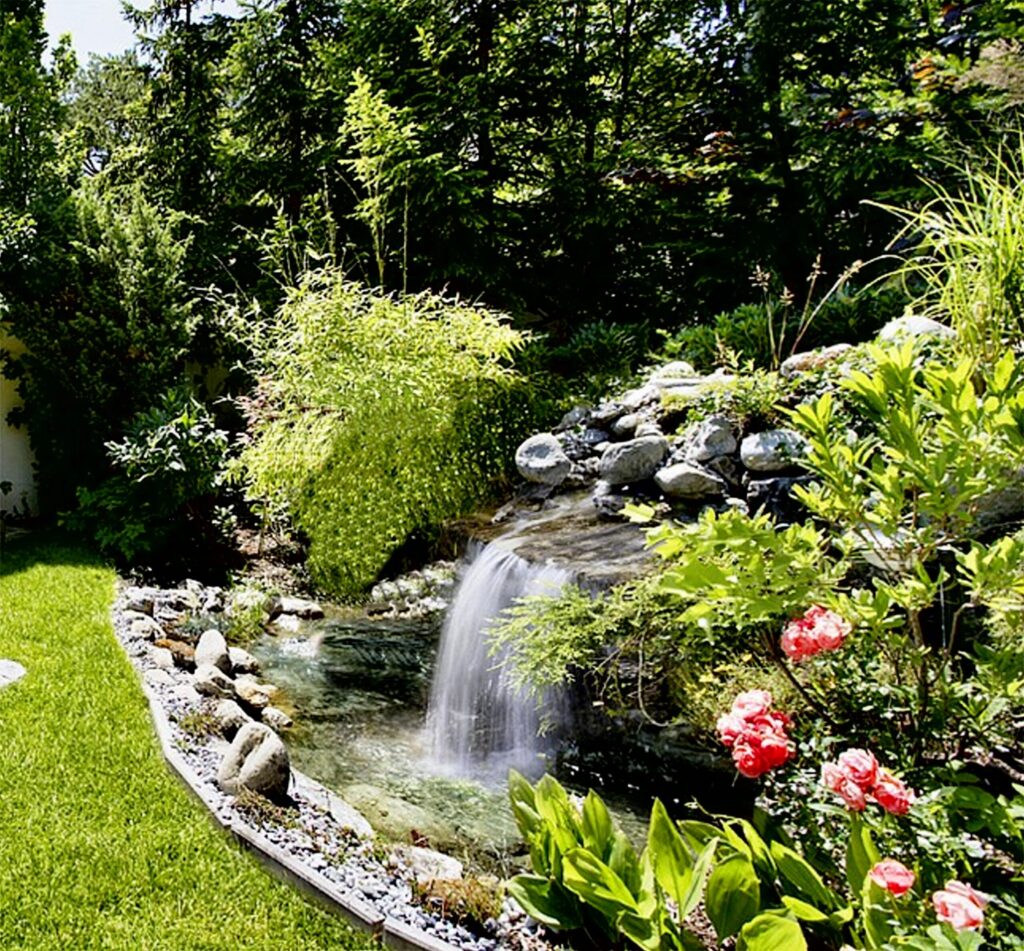
9. Case Studies: Successful Integration of Vertical Gardens and Feng Shui
9.1 Residential Spaces
Many homeowners have successfully integrated vertical gardens with Feng Shui principles in their residential spaces. By incorporating green walls in their balconies, patios, or living rooms, they have created harmonious and vibrant environments. The strategic placement of vertical gardens in areas corresponding to wealth, health, or relationships has brought positive energy and improved well-being. The combination of natural elements and the symbolic significance of chosen plants has enhanced the overall Feng Shui of the space.
9.2 Commercial Establishments
Vertical gardens and Feng Shui have also found their place in commercial establishments, such as offices, restaurants, and retail spaces. The inclusion of living walls in these spaces has not only added a touch of natural beauty but also improved the working or dining experience for employees and customers. The incorporation of Feng Shui principles in the design and placement of vertical gardens has created harmonious and energetically balanced environments, promoting productivity, attracting customers, and enhancing the overall ambiance.
9.3 Community Projects
Community projects that integrate vertical gardens and Feng Shui principles have become increasingly popular. These projects aim to bring nature, beauty, and positive energy into public spaces, such as parks, schools, and community centers. The collaboration between landscape architects, Feng Shui experts, and local communities has resulted in successful projects that provide a sense of pride and well-being. Vertical gardens in these spaces contribute to urban greening efforts, promote environmental awareness, and create inclusive and vibrant gathering spaces.
10. Conclusion
10.1 Creating Harmonious Spaces with Vertical Gardens and Feng Shui
By combining the principles of vertical gardens and Feng Shui, you have the opportunity to create harmonious and vibrant spaces that support your well-being and enhance positive energy flow. Vertical gardens not only bring the beauty of nature into your surroundings but also offer numerous benefits, such as improved air quality, reduced energy consumption, and increased biodiversity. Feng Shui principles provide a framework for creating balance, harmony, and positive energy within your environment.
10.2 Benefits of Embracing the Combination
Embracing the combination of vertical gardens and Feng Shui allows you to enjoy the benefits of both practices. You can create visually stunning and energetically balanced spaces that promote health, well-being, and abundance. The careful selection of plants, the strategic placement of the vertical garden, and the incorporation of natural elements according to Feng Shui principles all contribute to a harmonious and uplifting environment.
10.3 Enhancing Energy and Well-being
Vertical gardens and Feng Shui offer a powerful tool for enhancing the energy and well-being of your space. By embracing the combination of these practices, you can create living environments that nurture your mind, body, and spirit. Whether it is a small vertical garden in your apartment or a large-scale green wall in a commercial establishment, the integration of vertical gardens and Feng Shui principles brings nature, beauty, and positive energy into your life.



